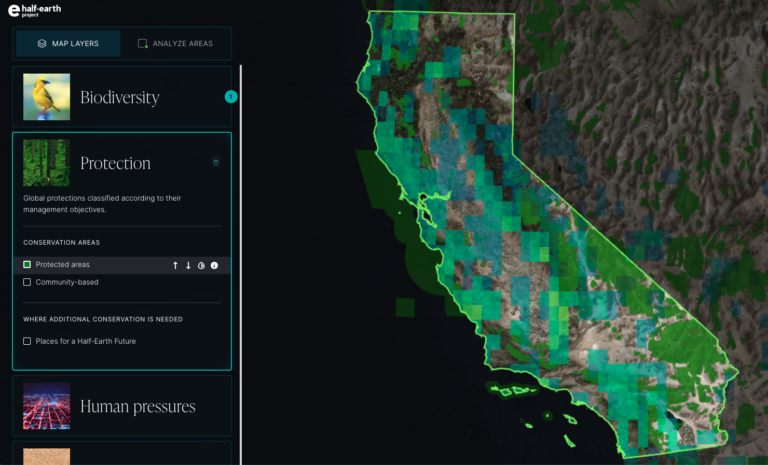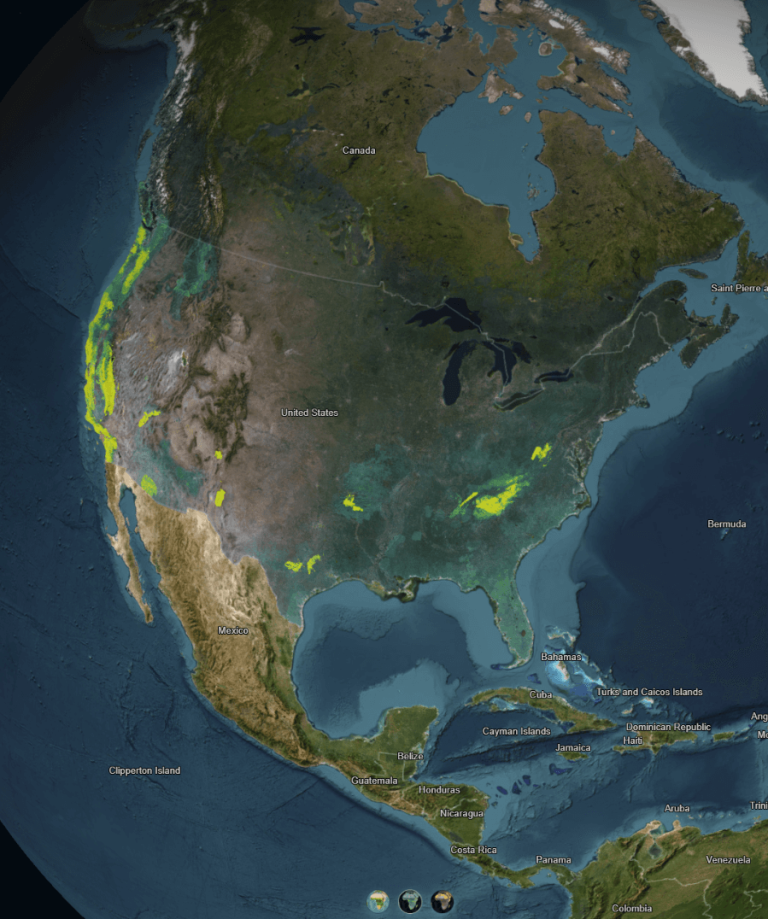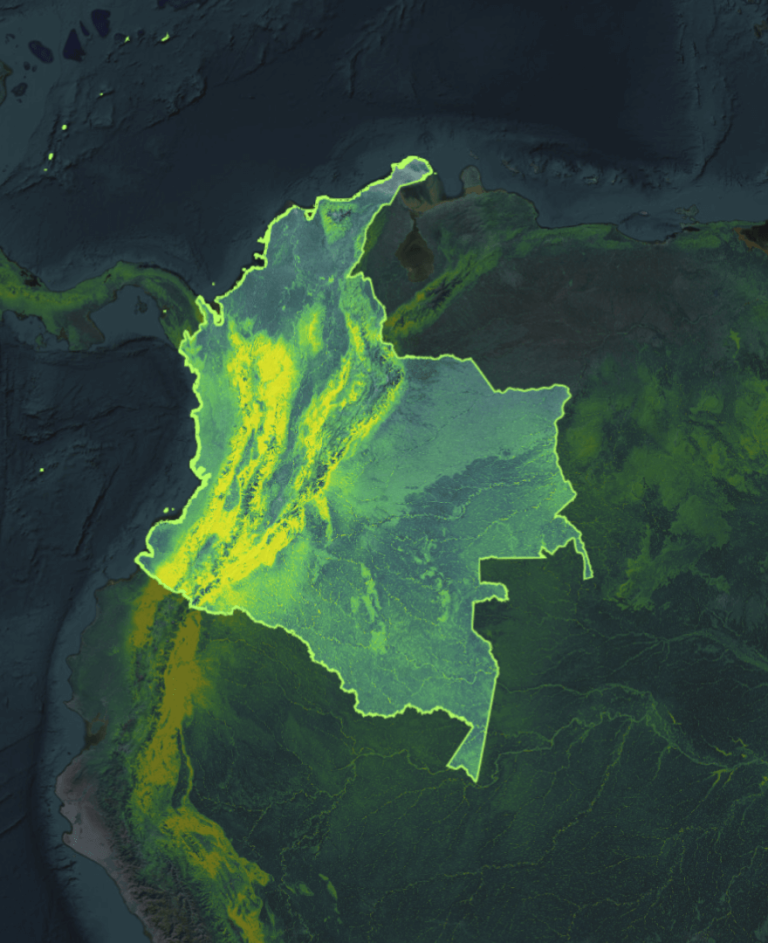The Cicadas are Coming
Overview
The cicadas are coming! A rare co-emergence of periodical cicadas is occurring in the eastern United States. Brood XIX (13-year brood) and Brood XIII (17-year brood) will emerge in the same year, an event that last occurred in 1803. No matter where you live, you can celebrate this phenomenon with your students. In this set of activities, students will explore the life cycle of cicadas and the temporal and spatial patterns that define their emergence. Students will make observations, collaborate with classmates, and explore biological connections.
150 mins.
Length in class periods: 3
Subjects
Biology, Environmental Science
You will need:
Printed Paper maps
Digital map files
Online half-earth map
The Cicadas are Coming
Learning Objectives
- Students make inferences from an illustration depicting the emergence of periodical cicadas and a photo or physical specimen of a cicada’s molted shell or exuviae to refine and deepen their understanding of its life cycle. If the season is right and with a bit of luck, molted shells should be easy to find and collect.
- Students analyze data depicted on a map to speculate about how spatial and temporal distributions might give periodical cicada broods a survival advantage.
NGSS
Middle School NGSS
MS-LS1-4; MS-LS2-2; MS-LS2-4
- DCI: LS1.B; LS4.C; LS2.A; LS2.C
- CCC: Patterns, Cause and Effect, Stability and Change
- SEP: Developing and Using Models; Analyzing and interpreting data
- Nature of Science: Science Addresses Questions About the Natural and Material World
High School NGSS
HS-LS4-4; HS-LS2-2; HS-LS2-8
- DCI: LS4.C; LS2.C, LS2.D
- CCC: Patterns; Cause and Effect; Stability and Change; Scale, Proportion, and Quantity; Systems and System Models
- SEP: Developing and Using Models
- Nature of Science: Science Models, Laws, Mechanisms, and Theories Explain Natural Phenomena
Key Terms + Conditions
- Spatial Distribution
- Temporal Distribution
- Periodical Cicada
- Annual Cicada
- Brood
- Life cycle
- Molting
- Nymph
Lesson Resources
Top tips for Instructors
You will need:
- Student Documents or student electronic devices
- Internet access
- Projector
- Speakers or student headphones
Scientific Phenomenon Explored:
- Spatial and Temporal Distribution of Species
- Insect Metamorphosis
Overarching Question: How do periodical cicadas’ life cycle and distribution impact their survival?
Instructional Strategies:
- This lesson focuses on data interpretation of natural history as visualized on maps.
- This lesson bundle is designed to be student—or teacher-led, allowing teachers to adjust support to meet the needs of all students. The fillable PDF documents enable the use of screen readers and spell check. The maps are also provided in the teacher slides for whole-class instruction, allowing printed documents to be used.
- The lessons are designed to build understanding but can be taught in isolation if the teacher provides additional context. Teachers are encouraged to preview the videos and read through the students’ documents and the slide deck before conducting the lesson, ensuring that all links are live. Speaker notes have been provided on the slide deck to assist when conducting whole-group instruction.
- Teachers are encouraged to view both video versions to determine which is best suited for their student population. One has been edited using EdPuzzle to remove any potentially objectionable content.







